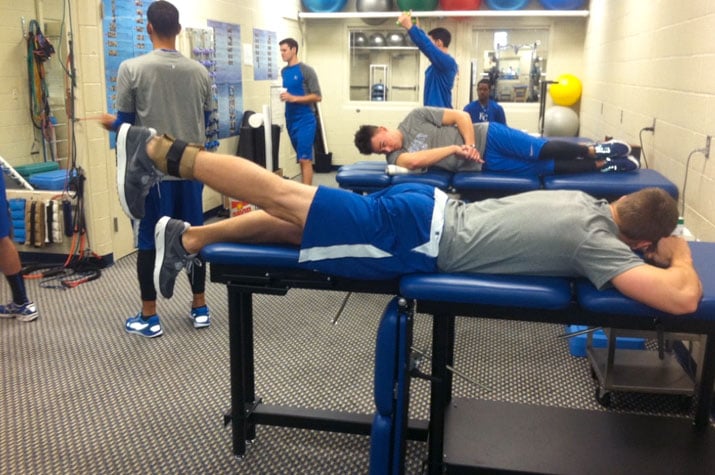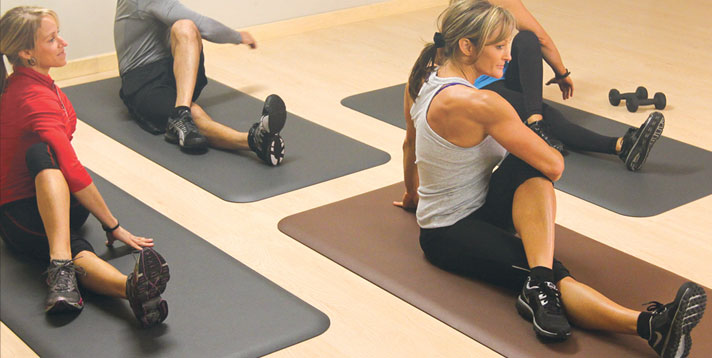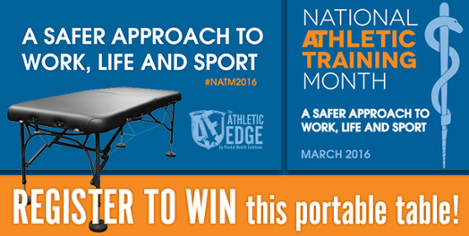Olympic Runners Use Laser Therapy
What’s the secret behind Olympic running coach Alberto Salazar’s success in preventing injuries and speeding healing in his athletes? Low level laser therapy. A recent article in Runners World discusses Salazar’s strategy in applying laser therapy at the first sign of injury and also reviews the literature behind LLLT as a preventive treatment.
To help his runners reach their full potential, Alberto Salazar leaves few stones unturned. The coach of runners such as Olympic medalists Mo Farah and Galen Rupp has his athletes use altitude tents, anti-gravity treadmills, underwater treadmills, post-race workouts, strength coaches, sports psychologists, cooling devices, max speed training, and more. At the very least, these strategies may provide a placebo benefit for Salazar's runners.
Something is working. Observers have noted that Salazar's top athletes not only run fast, they also appear to suffer from few injuries. An article in the Portland Business Journal reveals the latest Salazar method: the use of laser therapy to prevent injuries, or speed healing.
"We use the lasers at the first sign of injury to limit an exaggerated inflammatory response that can delay healing and help the athlete return to training more quickly," Salazar says.
Lasers have been promoted for dental and veterinary use, in addition to sports medicine clinics and home use more recently. Laser therapy has a longer history in Europe than in the U.S. When used for inflammation and injuries, it's often called cold laser or low level laser therapy (LLLT).
Proponents believe that laser treatments can reduce pain, and speed healing of all body tissues—muscle, tendon, ligament and bone. Some studies have found it superior to ultrasound.
A Systematic Review of Laser Therapy to treat tendon injuries revealed 12 studies with positive outcomes and 13 with inconclusive results. The authors concluded: "LLLT can potentially be effective in treating tendinopathy when recommended dosages are used. The 12 positive studies provide strong evidence that positive outcomes are associated with the use of current dosage recommendations for the treatment of tendinopathy." There is no indication that LLLT can prove harmful.
A Food and Drug administration page notes: "Biostimulation lasers ... were cleared for marketing by the FDA as adjunctive devices for the temporary relief of pain. These clearances were based on the presentation of clinical data to support such claims." The FDA provides more information on laser treatments here.


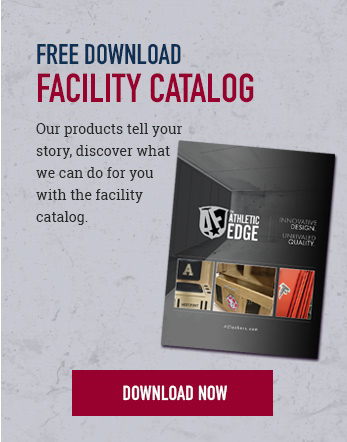
.webp)
